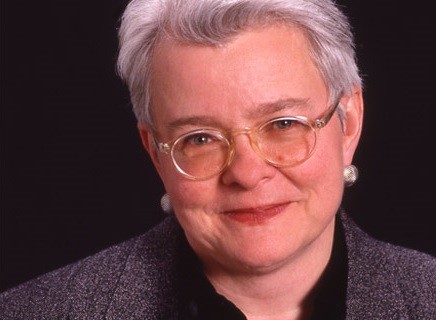Paula Vogel’s groundbreaking play, “How I Learned to Drive,” premiered in 1997 and continues to resonate with audiences today. This article features Vogel’s poignant author’s note for the first stand-alone publication of the play, offering insights into its creation and enduring relevance in a world grappling with issues of sexual abuse and power dynamics.
A Play’s Enduring Relevance in the #MeToo Era
Vogel’s author’s note, written in December 2017, reflects on the cultural climate of the time, marked by the burgeoning #MeToo movement and a heightened awareness of sexual abuse and harassment. She questions the impact of speaking out decades after experiencing abuse, particularly in a society where perpetrators often hold positions of power. Vogel acknowledges the personal cost of coming forward, noting the impact on careers, ambitions, and visibility. “How I Learned to Drive,” with its unflinching portrayal of sexual abuse, offers a platform for these conversations. The play’s themes of manipulation, trauma, and the complexities of memory remain tragically relevant.
 Paula Vogel, playwright of How I Learned to Drive
Paula Vogel, playwright of How I Learned to Drive
The Power of Art to Confront Abuse
Vogel expresses admiration for other works of art that expose abuses of power, citing films like “Spotlight” and the documentary series “The Keepers.” She recognizes the collective power of these narratives to challenge societal norms and hold perpetrators accountable. “How I Learned to Drive,” though a stage play, contributes significantly to this cultural conversation. The play’s intimate setting and non-linear structure force audiences to confront uncomfortable truths and grapple with the lasting impact of abuse.
Personal Reflections on “How I Learned to Drive’s” Impact
Vogel shares personal anecdotes about the play’s impact, recounting encounters with individuals deeply affected by its themes. From hushed confessions to heartfelt expressions of gratitude, these interactions underscore the play’s ability to connect with audiences on a profound level. The raw honesty and vulnerability depicted in “How I Learned to Drive” resonated with survivors and fostered a sense of community among those who had experienced similar traumas.
Global Reach and the Universality of Trauma
Despite facing challenges in securing a Broadway production, Vogel celebrates the play’s international success. Productions in Iceland, China, Chile, and Australia demonstrate the universality of its themes. The play transcends cultural boundaries, highlighting the pervasive nature of abuse and the resilience of the human spirit.
The Gift of Theatre: Transforming Pain into Light
Vogel reflects on the transformative power of theatre and writing, describing the process of creating “How I Learned to Drive” as a cathartic experience. She emphasizes the importance of transforming pain and secrecy into light, community, and understanding. This sentiment underscores the play’s enduring legacy as a work of art that fosters healing and dialogue.
Gratitude for Collaborators and Audiences
Vogel concludes her note with heartfelt gratitude for the collaborators who brought “How I Learned to Drive” to life, including director Mark Brokaw and actors Mary-Louise Parker and David Morse. She extends her appreciation to audiences who continue to engage with the play’s challenging themes. The collaborative effort behind the play’s creation and the continued engagement of audiences solidify its position as a significant work of contemporary theatre.
A Lasting Legacy
“How I Learned to Drive” remains a powerful and timely work of art. Paula Vogel’s author’s note provides valuable context for understanding the play’s enduring relevance and its impact on individuals and communities grappling with issues of sexual abuse and trauma. The play continues to spark crucial conversations and offers a testament to the transformative power of theatre.

